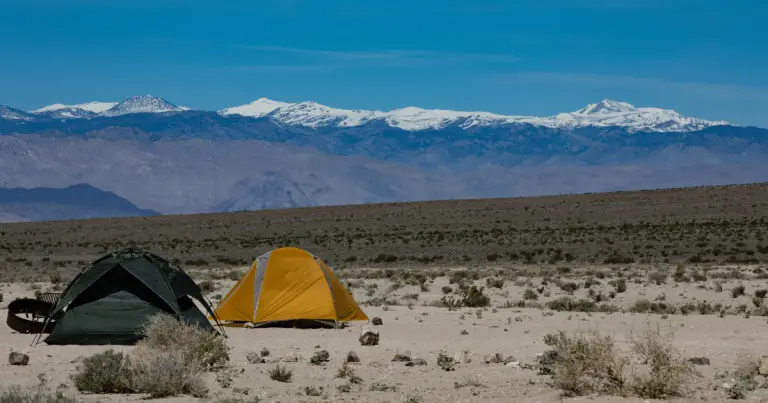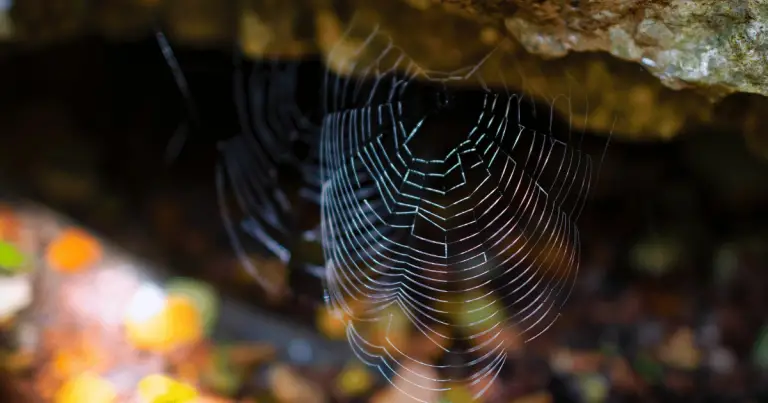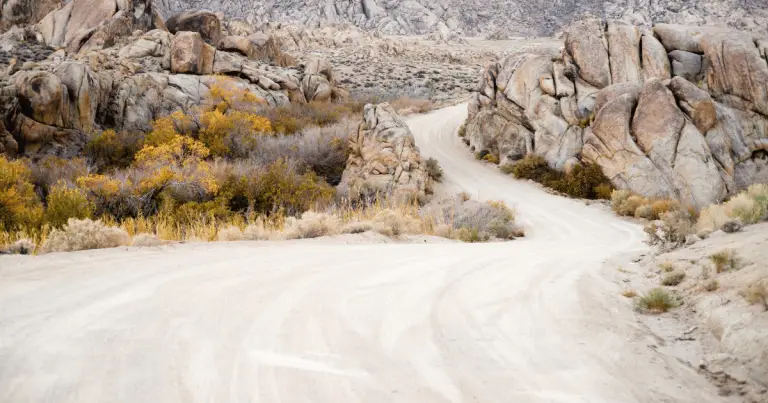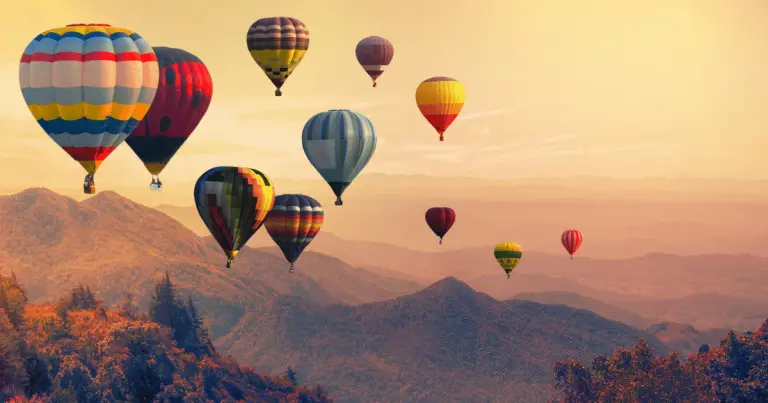Snake Dike in Yosemite: An Iconic Rock Climbing Adventure
Snake Dike is a renowned climbing route in Yosemite National Park that attracts outdoor enthusiasts from all over the world. This sheer granite face features distinctive serpentine dike formations that pose a thrilling challenge even to experienced climbers. With its unique physical characteristics, Snake Dike Yosemite tests your climbing skills, endurance, and courage in equal measure.
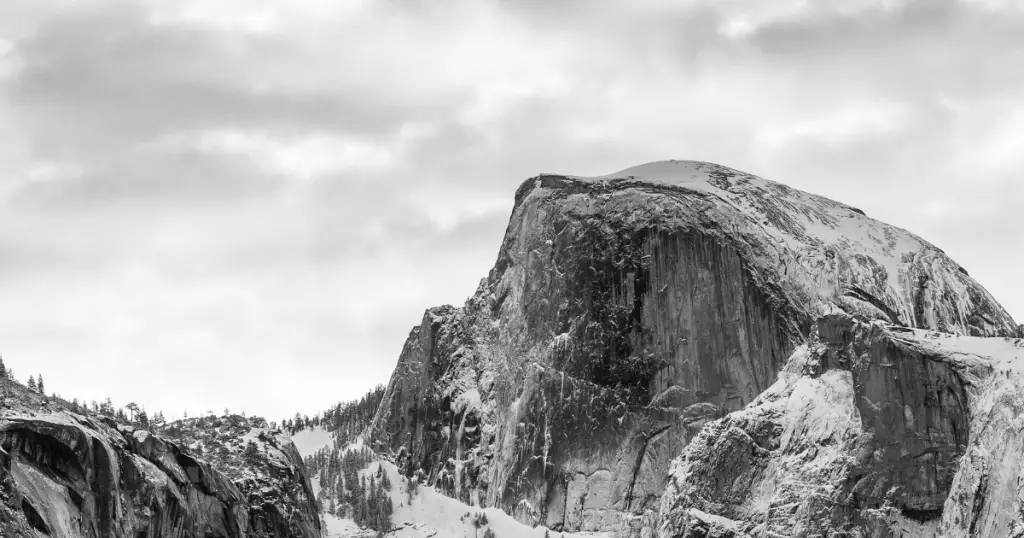
What is the Snake Dike Trail?
Snake Dike trail is located on the southwestern face of the remarkable Half Dome formation in Yosemite National Park. This monumental monolith, standing at an elevation of over 4,800 feet, is a vision of stark grandeur. Snake Dike offers around 800 feet of technical climbing, followed by a steep hiking trail to reach the summit.
The trail is rated as a 5.7 R in the Yosemite Decimal System (YDS), signifying that it is a relatively moderate but exposed climb requiring good fitness and technical climbing skills. The overall climb, including the approach hike, the technical climb, and the descent, typically takes 10 to 14 hours, making it a full day’s adventurous endeavor.
Before attempting the climb, secure a wilderness permit from the National Park Service, which is mandatory for all overnight stays in Yosemite’s wilderness. It’s also important to know that climbing Half Dome requires adherence to strict regulations, including seasonal access restrictions and the use of specific gear.
The History of Snake Dike Yosemite
Snake Dike has a rich history interwoven with the growth of rock climbing as a sport in the United States. The first successful ascent of Snake Dike is attributed to climbing pioneers Eric Beck and Jim Bridwell in 1965.
This bold and daring endeavor was a significant milestone in Yosemite’s climbing history, pushing the boundaries of what was considered achievable at the time. The climb, which was audacious given the era’s limited climbing equipment, forged a path for future climbers and solidified Snake Dike as a must-climb route in North America.
Over the years, notable climbers, including Peter Croft and Steve Schneider, have left their mark on Snake Dike, each contributing to its lore and allure. Schneider’s free solo climb in 1988 is noteworthy, amplifying the route’s reputation as a destination for thrill-seekers and adventurers.
Snake Dike’s unique formation, the thrill of its ascent, and its place in climbing history have been instrumental in cementing Yosemite National Park’s status as a world-class climbing destination.
The trail continues to attract climbers from across the globe, each drawn by the siren call of conquering the serpentine granite dike. The stories, experiences, and achievements associated with Snake Dike are integral to Yosemite’s identity and its enduring appeal to the climbing community.

Climbing Permits and Regulations
Embarking on the Snake Dike Yosemite climbing adventure necessitates adhering to Yosemite National Park’s permit system and regulations. A wilderness permit is required for all overnight backpacking trips, including climbing. Day climbers do not need a license, but parking for vehicles requires a park entrance pass.
Permits operate on a lottery system, and you can apply through the National Park Service’s website. Remember, the demand for tickets is high, particularly during peak climbing season (May to October), so it’s advised to apply well in advance.
Park regulations are in place to preserve the natural beauty of Yosemite. Climbers should follow the Leave No Trace principles, which include packing out all trash, respecting wildlife, and minimizing campfire impacts. Fixed anchors are generally discouraged, and power drills are prohibited.
Stealth camping and camping outside designated areas are not permitted. All camping must be done at the designated climber’s bivouac at the base of the wall. Lastly, to protect the park’s natural resources, white chalk is prohibited. Instead, climbers are encouraged to use chalk that matches the rock color.
Navigating the permitting process and adhering to park regulations can seem daunting, but being well-informed and prepared will make the experience smoother.
Climbing Experience Exploration
Embarking on the Snake Dike Yosemite adventure is an experience that transcends mere physical activity, diving into an otherworldly journey that immerses you in Yosemite’s unparalleled grandeur.
The climb progressively evolves, commencing with a steep hiking trail that hints at the challenge ahead. As you navigate the trail’s initial stage, you’ll begin the friction climbing section, often described as the heart of the Snake Dike experience.
Friction climbing tests your technique prowess and mental fortitude, where success depends as much on your ability to trust your climbing shoes and control your nerves as it does on your physical capabilities.
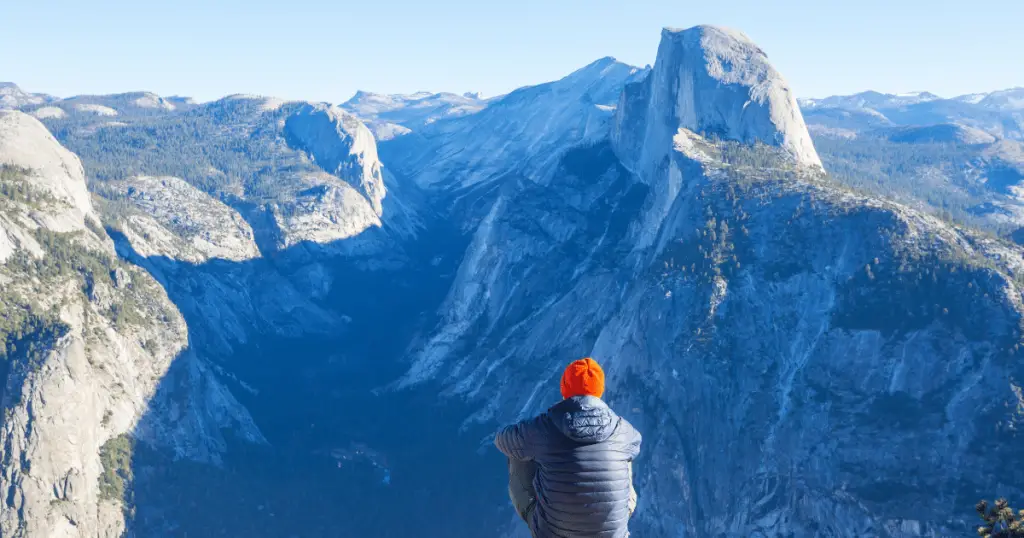
Snake Dike’s smooth granite slab, interspersed with the eponymous snake-like dike formations, provides an ideal setting for this style of climbing. Instead of clinging to handholds, your hands play a secondary role in maintaining balance while your feet, firmly smeared on the incline, bear the brunt of the climb.
The adrenaline rush, coupled with the sheer beauty of your surroundings, makes this a compelling, visceral experience that remains embossed in your memory long after the climb. As you ascend higher, the exposure becomes more pronounced.
The vast openness on either side of the dike, the yawning depths beneath, and the expansive sky above create a perspective that’s both humbling and exhilarating. This is where Snake Dike truly shines – the awe-inspiring panoramic views that unfold with each step upward are nothing short of breathtaking.
From the lush Yosemite Valley to the distant, rugged peaks of the Sierra Nevada, the sights that greet your eyes are a reward for the efforts invested in the ascent.
Whether it’s the thrill of the climb, the mastery of friction climbing, or the grandeur of the vistas, the Snake Dike experience is as much about the journey as it is about the destination, making it a cherished adventure for climbers worldwide.
Preparing for Snake Dike Yosemite
Proper preparation is vital when tackling the Snake Dike in Yosemite. The journey begins well before the climb, encompassing physical training, mental conditioning, and careful gear selection. Physical preparation involves a mix of cardiovascular and strength training, honed to improve your endurance and boost your climbing prowess.
Mental conditioning, on the other hand, is about building your confidence and developing your problem-solving skills, which are essential for overcoming the route’s myriad challenges.
Regarding gear, versatile climbing shoes are a must, as Snake Dike offers a mix of friction climbing and conventional climbing. A comfortable and well-fitted helmet is non-negotiable, given the route’s exposure and rockfall risk.

Ropes, harnesses, and belay devices are quintessential, and having a modest rack consisting of cams and nuts can provide extra security on the route. Quickdraws and slings are also necessary for constructing anchors and connecting to protection.
Given the length and exposure of the trail, hydration packs and energy-rich snacks are essential. Also, bring a headlamp, as the descent can extend into twilight hours. Safety is paramount on Snake Dike; climbers must stick to the established route, respect the park’s regulations, and always be aware of changing weather conditions.
For climbers planning to conquer Snake Dike, starting early in the morning is recommended to avoid afternoon thunderstorms expected in the Sierra Nevada. Practice on similar terrain to understand the dynamics of friction climbing and familiarize yourself with the route by studying guidebooks or online resources.
Conclusion: Snake Dike Yosemite
Snake Dike in Yosemite National Park offers an unparalleled climbing experience, blending physical challenge, mental stimulation, and spectacular natural beauty. The preparation, the climb, and the adherence to park rules and regulations are all part of the unforgettable journey.
Whether an experienced climber or an adventurous beginner, tackling Snake Dike is a testament to one’s courage, resilience, and respect for nature. As you stand atop Half Dome, taking in the panoramic views of the Sierra Nevada, the sense of accomplishment and connection with nature is profound.
It’s not just about reaching a destination but about the lessons learned, the bonds formed, and the memories created along the way. This is the magic of Snake Dike – a journey that stays with you long after you’ve descended from the granite dome.

